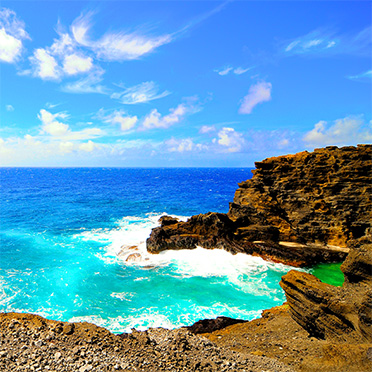GoofGoof
Premium Member
Importing power because they decided to stop using nuclear abruptly...what does that have to do with renewables?Dont forget to factor in they are having to import power from countries that use fossil fuels and nuclear more and more at greater expense. Some Germans call their electric bills 'their second mortgage'. Renewables are very expensive. The poor and lower middle class are most affected.
TerraPower? They haven’t even built a demonstration reactor yet and you are assuming that’s the future of energy. If I had a dollar for every technological innovation I’ve seen in the energy industry that worked on paper but wasn’t scalable in the real world I’d be a wealthy man. I’m not trying to be a downer on new technology, but they are years away from even possibly making this technology economic and who knows what will change by then. I like the concept but from years of experience I need to see it at scale and see the economics. Generally speaking we still make power the way we did 100+ years ago, boil some water, make steam, use steam to make turbine spin, throw in a few magnets and you are done. All that changes is the heat source to boil the water. Ironically solar along with wind and hydro are a few of the few proven methods of producing electricity without boiling water.Old style nuclear plants are being phased out. New ones are coming on line mostly overseas.
Bill Gates and others are championing smaller and safer modular technology. It will happen.
As far as nuclear goes, smaller doesn’t work economically. The most economically at risk nuclear plants in the US today are smaller ones. Larger plants have economies of scale. There’s huge overhead costs around nuclear. A few decades ago there was a thought that using a number of smaller reactors would work, but cheap shale gas and renewables have priced them out of the market.
Almost 20% of power produced in the US in 2018 was from renewables. What do you need to see? You don’t believe renewables will work when they use proven technology but you are all-in on some theory that hasn’t even been proven to work because Bill Gates likes it? Come on man, seriouslyI'll believe it when I see it. I know nuclear and coal work.


